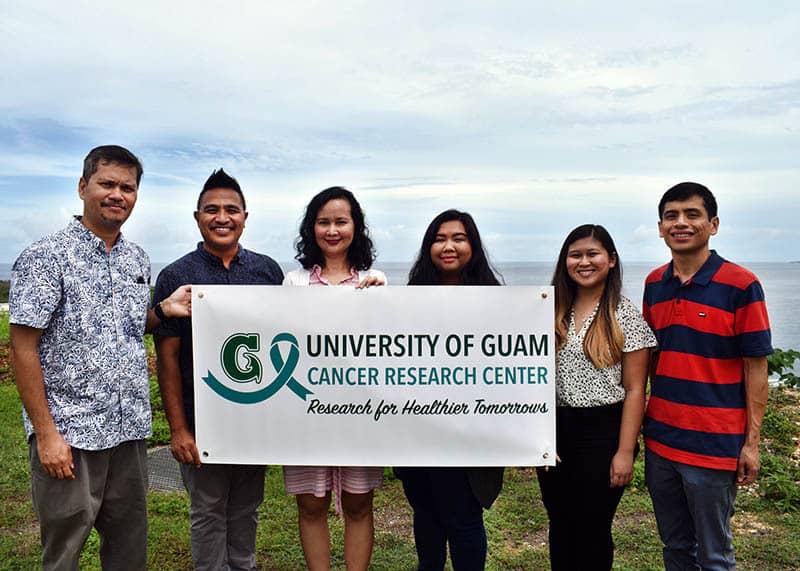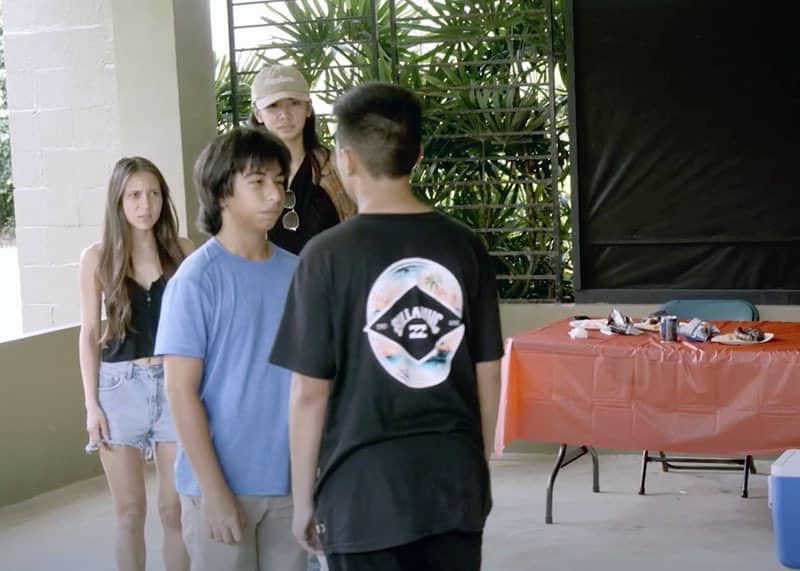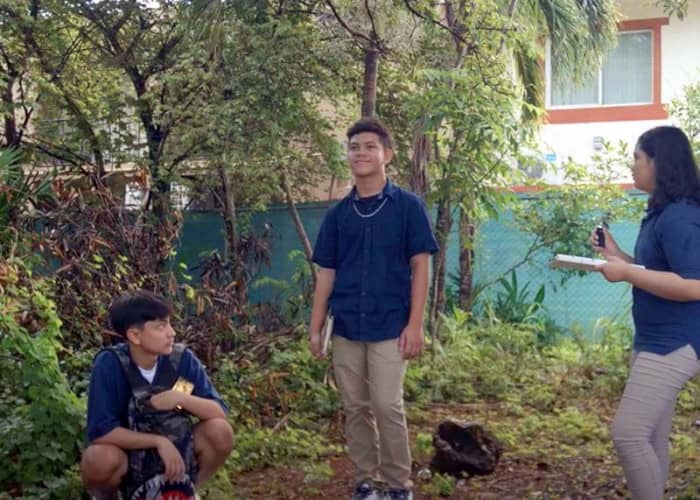UOG Cancer Research Center launches innovative curriculum to prevent substance use among Guam students
UOG Cancer Research Center launches innovative curriculum to prevent substance use among Guam students
UOG Cancer Research Center launches innovative curriculum to prevent substance use among Guam students
8/10/2022
Sixth- to eighth-grade students at several public schools this year will learn culturally relevant resistance strategies to substance use offers through a first-of-its-kind program for Guam. Based on earlier surveys of Guam middle school students to determine the factors that influence tobacco, electronic cigarette, and betel nut use, a team at the University of Guam Cancer Research Center is rolling out an innovative pilot curriculum called the Fuetsan Manhoben Youth Substance Use Prevention Program.
The program fills an urgent need as high rates of smoking and vaping continue to be a problem among Pacific Islander youth. The team’s previous research, published in the American Journal of Health Promotion, suggests that e-cigarette and tobacco product use among Guam’s middle schoolers may be four to five times higher than the U.S. national average.
“Our curriculum uses realistic videos that show scenarios in which local students are exposed to drinking, smoking, and vaping at bus stops, family parties, and schools,” said Francis Dalisay, co-project leader and an associate professor at UOG with a doctorate in communication.
Dalisay’s project is one of the main projects under the Pacific Island Partnership for Cancer Health Equity, which is a National Cancer Institute–funded grant between the UOG Cancer Research Center and the University of Hawai`i Cancer Center. It is one of the largest research grants being carried out at UOG, totaling $14 million over five years.
Survey-based curriculum
With Fuetsan Manhoben referring to “the power within youth” in CHamoru, the videos weave in values central to CHamoru and other cultures in Guam. The lessons guide students to draw on these values to remain drug-free and healthy.
In their prior surveys of students attending Guam Department of Education middle schools, the research team examined risk and protective factors for tobacco, e-cigarette, and betel nut use, along with student use of these substances. They also conducted focus groups to examine common scenarios students find themselves in. Findings from their prior work have been published in several peer-reviewed journals.
The team then produced four videos that depict realistic situations in which substances are offered to middle schoolers as well as culturally relevant strategies for kids to respond.
A culturally based and inclusive approach
Tim C. De la Cruz, a co-investigator on the project and an extension agent at UOG with a doctorate in human services, said the curriculum takes a unique approach in that it is centered on cultural and social contexts in Guam.
“At the same time, each lesson is inclusive as it encourages students of all backgrounds to think about drug-resistance strategies that they feel comfortable with,” De la Cruz said. “In this way, students will be better equipped to navigate their way out of difficult situations and to protect their future.”
Coming to schools this fall
This fall, the team’s research associates will deliver the curriculum, which aligns with GDOE’s health content standards for grades 6–8, in selected GDOE middle schools. They plan to present these videos, facilitate discussions, and teach resistance strategies through interactive activities.
“We will rigorously test the efficacy of our video-based pilot curriculum,” Dalisay said. “If successful, our curriculum will be established as evidence-based so that it can be implemented in all middle schools.”
Dalisay added that the support of schools is critical to the success of the pilot curriculum.
“We look forward to working with educators to keep our island’s young people drug-free, healthy, and strong,” he said.
For more information on the project, please contact Francis Dalisay at fdalisay@triton.uog.edu.
PIPCHE is funded by National Cancer Institute Grant #U54CA143728.



